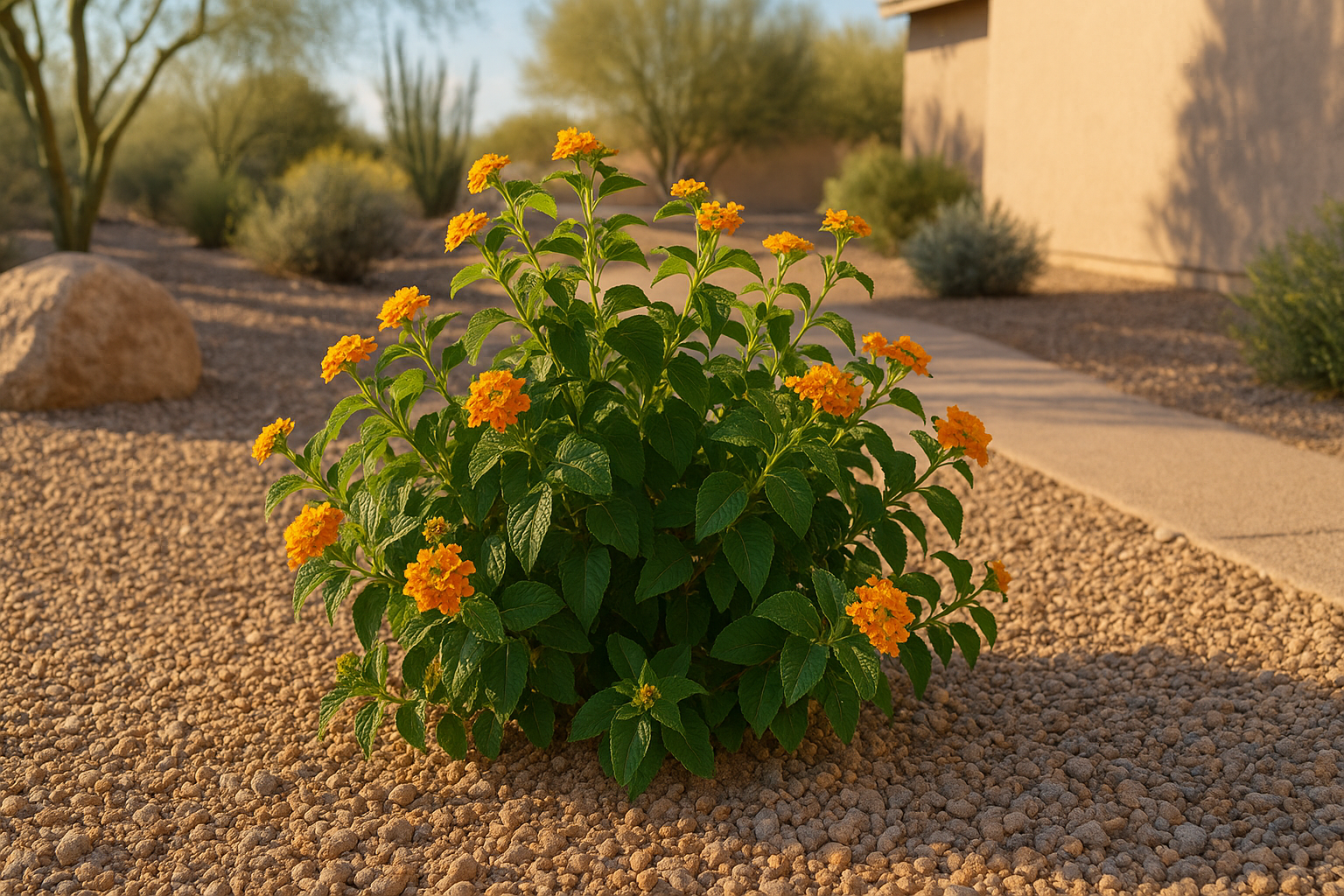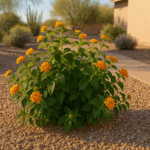From its vibrant colors to its hardy disposition, Lantana is a favorite among many Gilbert homeowners. But to keep your Lantana blooming beautifully and growing healthily, it’s crucial to know when and how to cut it back. In this guide, we’ll explore the best practices for cutting back Lantana in Gilbert’s unique desert climate.
Understanding Lantana: A Brief Overview
Lantana is a genus of about 150 species of perennial flowering plants in the verbena family. It’s known for its vibrantly colored flowers, which come in shades of red, yellow, orange, blue, and white. Aside from its aesthetic appeal, Lantana is loved for its hardiness. It’s drought-tolerant, making it an excellent choice for Gilbert’s arid climate.
Despite its hardiness, Lantana requires proper care to thrive. This includes regular watering, enough sunlight, and, importantly, timely pruning. Cutting back Lantana promotes healthy growth, encourages more blooms, and prevents the plant from becoming too leggy.
When to Cut Back Lantana in Gilbert
The best time to cut back Lantana in Gilbert is in late winter or early spring, just before new growth begins. In this region, that’s usually late February or early March. However, it’s important to watch the weather. If a late frost is forecasted, you might want to delay pruning until the threat has passed.
Pruning Lantana in late winter or early spring gives the plant a fresh start for the new growing season. It allows the plant to put all its energy into producing new growth and vibrant blooms. If you cut it back too early, the plant may put out tender new growth that could be damaged by frost. On the other hand, if you prune too late, you may cut off some of the new growth, reducing the plant’s blooming potential.
How to Cut Back Lantana
When it comes to cutting back Lantana, the process is relatively straightforward. Start by removing any dead or diseased branches. Then, cut back the entire plant to about a third of its size. You don’t have to be precise – Lantana is a hardy plant that will bounce back even from hard pruning.
Make your cuts at a 45-degree angle to promote water runoff and prevent disease. Always use sharp, clean pruning shears to make your cuts. Dull or dirty tools can damage the plant and introduce diseases. Once you’ve finished pruning, water the plant thoroughly.
Post-Pruning Care

After pruning, it’s important to give your Lantana the care it needs to bounce back. This includes watering it regularly and applying a slow-release fertilizer. In Gilbert’s dry climate, mulching around the base of the plant can also be beneficial as it helps retain moisture and keeps the roots cool.
As new growth appears, keep a close eye on your Lantana for any signs of pests or disease. Early detection and treatment can prevent minor issues from becoming major problems. With the right care, your Lantana will soon be back to producing a stunning display of blooms.
Why Cutting Back Lantana is Important
Cutting back Lantana is more than just a maintenance routine. It’s a key part of ensuring the health and longevity of your plant. As a sustainable soil and water conservation expert based in Gilbert, I can’t stress enough the importance of proper pruning. Pruning not only promotes vigorous growth and more blooms but also improves the plant’s overall health. It allows more light and air to reach the center of the plant, reducing the risk of disease.
Final Thoughts
Cutting back Lantana in Gilbert may seem like a daunting task, especially if you’re new to gardening. But with the right knowledge and tools, it can be a rewarding activity. Remember, the goal is to promote healthy, vibrant growth. As John Muir once said, “In every walk with nature, one receives far more than he seeks.” So, give your Lantana the care it deserves, and it will reward you with a stunning display of color and life.






